This is custom heading element
 Acquired genetic mutations — or errors in our DNA — can occur at any time in a person’s life, the result of environmental factors such as radiation exposure or smoking. These mutations can affect the growth, development, functioning and reproduction of the body’s cells — eventually leading to serious illnesses like cancer. To prevent this from happening, cells have elaborate mechanisms to repair imperfections in their genetic code.
Acquired genetic mutations — or errors in our DNA — can occur at any time in a person’s life, the result of environmental factors such as radiation exposure or smoking. These mutations can affect the growth, development, functioning and reproduction of the body’s cells — eventually leading to serious illnesses like cancer. To prevent this from happening, cells have elaborate mechanisms to repair imperfections in their genetic code.
Ivaylo Ivanov, associate professor of chemistry, and his colleagues have worked to better understand the process of how the body repairs DNA, which could help scientists develop new ways to fix inherited mutations that cause diseases. They recently made a discovery, published in the Proceedings of the National Academy of Sciences, about how a key enzyme — known as thymine DNA glycosylase (TDG) — initiates the repair process. TDG acts as the first line of defense by identifying the damaged base (the building blocks of the DNA double helix) and removing it using a “pinch-push-pull” mechanism.
HOW IT WORKS

TDG scans DNA throughout the body in search of errors. Using molecular modeling, the researchers revealed how molecular instability can guide the enzyme on its search.

When TDG finds a mistake, it zeroes in on the specific site. TDG pinches the DNA’s backbone, providing space for the damaged base to separate and flip out of the helix.

TDG pushes the damaged DNA base out of its position in the DNA double helix.

TDG pulls the damaged DNA base completely out of the DNA molecule and works as a pair of molecular “scissors” to cut it off. TDG then hands off the DNA molecule to other enzymes, which insert a correct base and complete the repair process.

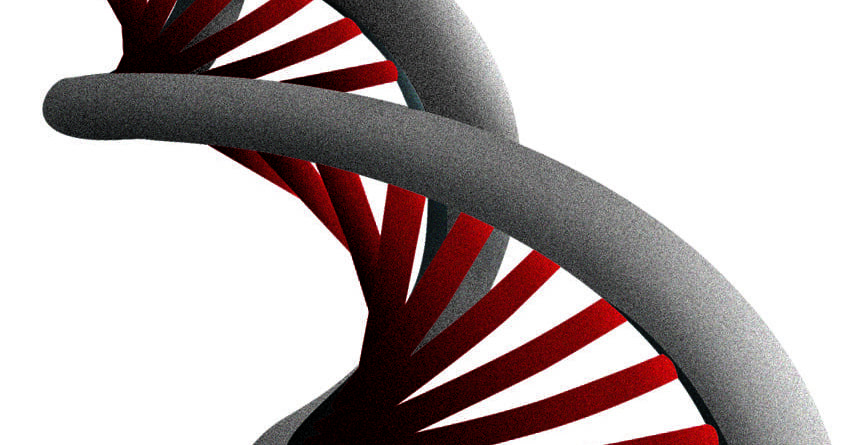


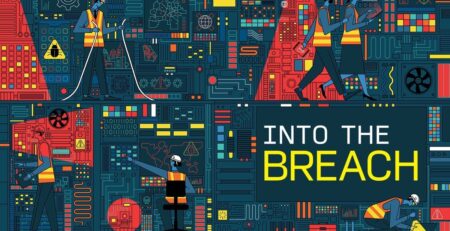

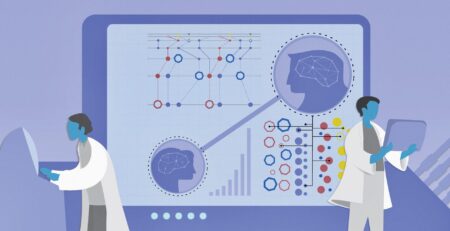
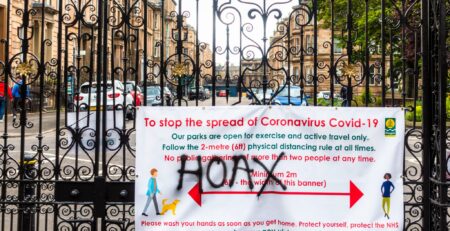

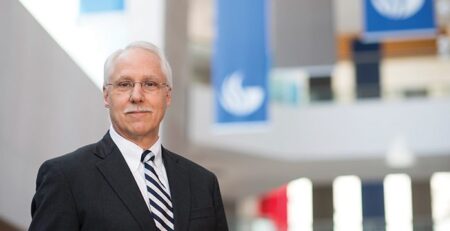

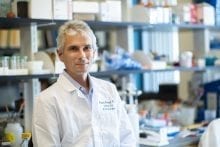
Leave a Reply